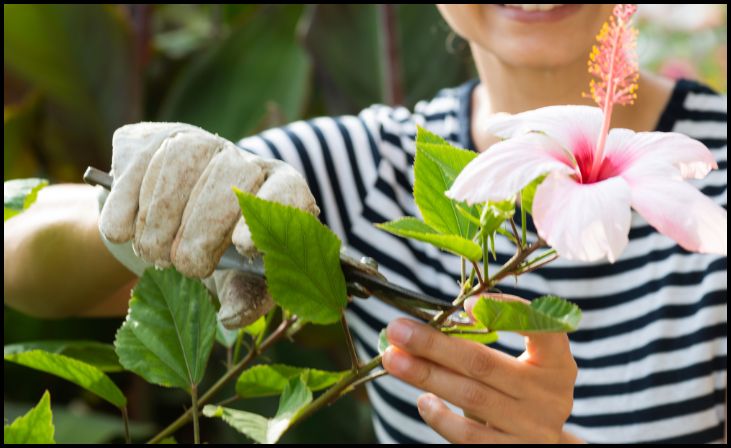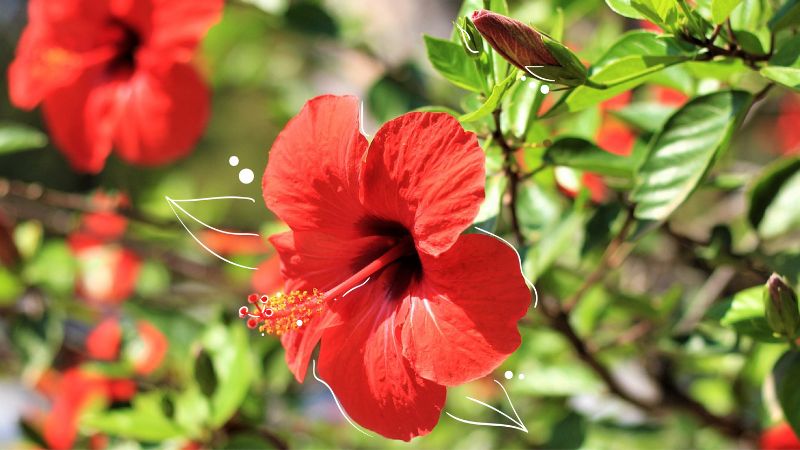Hibiscus plants are renowned for their vibrant, show-stopping blooms that add a burst of color to any garden or landscape. However, to keep these plants healthy, vigorous, and producing abundant flowers, proper pruning is essential. Pruning hibiscus might seem daunting at first, but with the right techniques, you can easily master this art. Here are nine must-know tips for pruning hibiscus plants to help you achieve beautiful, thriving blooms.
1. Timing is Key

One of the most crucial aspects of pruning hibiscus is getting the timing right. The ideal time to prune hibiscus plants is in late winter or early spring, just before new growth begins. This allows the plant to recover and put forth new growth as the weather warms up.
2. Invest in Quality Tools
To ensure clean cuts that promote healing and prevent disease, invest in high-quality pruning tools. Sharp bypass pruners are recommended for hibiscus pruning, as they make precise cuts without crushing the stems.
3. Remove Dead or Diseased Growth
Start your hibiscus pruning session by removing any dead, damaged, or diseased branches. These not only detract from the plant’s appearance but can also harbor pests and diseases.
4. Encourage Bushiness
To encourage a bushier, fuller hibiscus plant, prune the tips of the branches. This prompts the plant to send out new growth from the nodes below the cut, resulting in a denser canopy.
5. Mind the 1/3 Rule

When pruning hibiscus, adhere to the “1/3 rule” to prevent stressing the plant. Never remove more than one-third of the plant’s total growth at once. This gradual approach ensures that the plant can recover without undue shock.
6. Pinch for More Blooms
Hibiscus plants respond well to pinching, especially during the growing season. Pinch off the tips of new growth to encourage branching and the development of more flower buds. This simple technique can lead to a profusion of blooms.
7. Shape and Size Control
Use pruning to control the size and shape of your hibiscus plant. If you want a compact, tidy appearance, prune back the longest branches to maintain the desired height and width.
8. Don’t Forget the Interior
When pruning hibiscus, don’t just focus on the outer growth. It’s essential to also thin out the interior branches to improve airflow and light penetration. This reduces the risk of fungal diseases and promotes overall plant health.
9. Finish with Clean Cuts

Always make clean cuts just above a node or where a branch meets another branch. Avoid leaving stubs, as they can attract pests and diseases. Additionally, after each cut, clean your pruning tools with rubbing alcohol to prevent the spread of pathogens.
Conclusion
Pruning hibiscus plants is a rewarding task that promotes healthy growth, abundant blooms, and overall plant vitality. By following these nine essential tips, you’ll become adept at maintaining your hibiscus plants with confidence. Remember, each pruning session is an opportunity to shape, rejuvenate, and enhance the beauty of these stunning flowering shrubs. So, grab your pruners, head out to the garden, and give your hibiscus plants the care they deserve!
